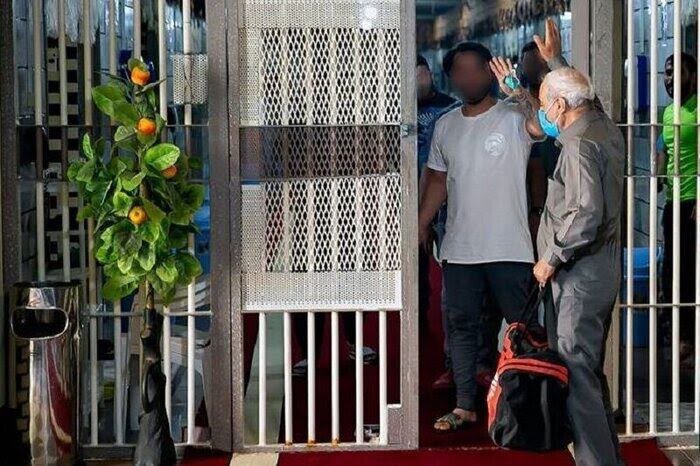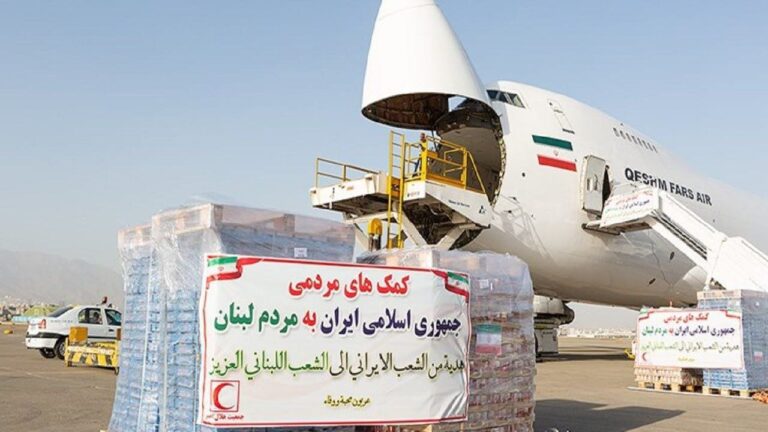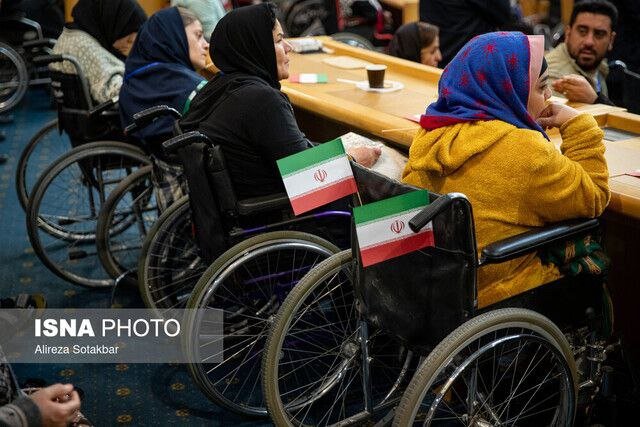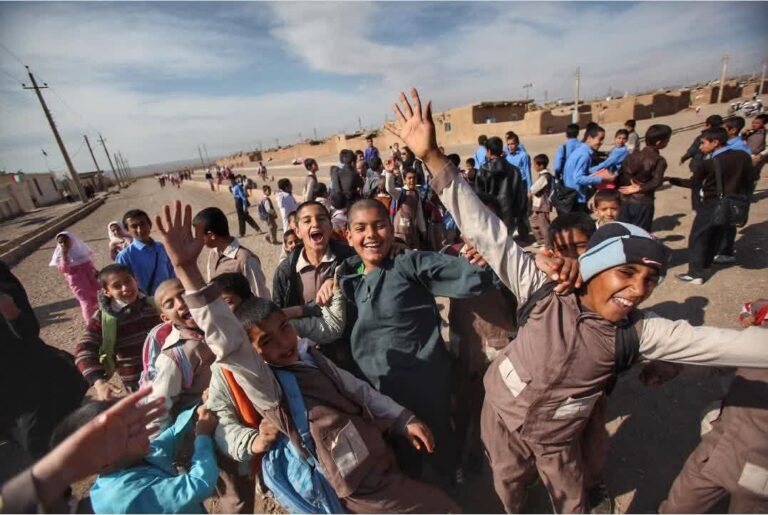Unlocking the Secrets of Seismic Activity: Exploring the Caspian Sea and Central Asian Earthquake Hazards
The seismic activity in the Alborz Mountains and Caspian Sea region is significantly influenced by the collision of the Eurasian and Arabian tectonic plates. This interaction leads to a complex network of fault systems, resulting in frequent earthquakes in the area. Understanding these seismic risks is crucial for residents and urban planners alike.
The Alborz Mountain range is a prominent seismogenic zone characterized by active faults such as the North Alborz Fault and the Mosha Fault. These faults stretch from Jajarm in the east to the Aras River in the northwest, impacting major cities including:
- Damghan
- Semnan
- Tehran (Rey)
- Qazvin
- Ardabil
On the southern coast of the Caspian Sea, areas like Ramsar and Rasht are particularly vulnerable due to their proximity to the Talesh-Mughan Fault. The boundary between the Alborz and Caspian regions is susceptible to major earthquakes, primarily due to a compressional tectonic regime.
Major Historical Earthquakes in the Region
Over the centuries, several significant earthquakes have occurred in this area, each highlighting the seismic risks present along ancient trade routes. Here are some of the most notable:
- Damghan (856 AD): This devastating earthquake, with a magnitude of approximately 7.9, resulted in the deaths of around 200,000 people and destroyed the Silk Road city of Qumis.
- Caspian Gates Earthquake (743 AD): Documented in Byzantine sources, this earthquake occurred near Derbent and Talesh, with its magnitude still debated.
- Jorjan/Gonbad Kavus (958 AD): A destructive quake that damaged the iconic Gonbad Kavus tower, marking the long-standing seismic activity in northeastern Iran.
- Manjil (20 June 1990): This M7.3 earthquake near Rasht and Rudbar resulted in approximately 16,000 fatalities and highlighted the vulnerability of the Alborz-Caspian transition zone.
- Ardabil (28 February 1997): This M6.1 quake near Meshkinshahr caused around 1,500 deaths, linking it to the Sabalan volcanic region.
- Talesh and Caspian Region: Recurrent seismic activity includes a 2012 M6.4 earthquake near the Azerbaijan-Iran border, associated with the Ahar Fault.
Seismic Zones and Ancient Roads
The Silk Road corridors, traversing cities like Damghan, Semnan, Rey (Tehran), and Qazvin, are significant seismic zones located along or near active faults. The earthquake in Qumis (Damghan) serves as a prime example of the seismic threats to these historic routes.
Seismic zones in the Ardabil area were recently highlighted by the Golestan Ardabil M6.1 earthquake on February 28, 1997. Rapid urbanization along the Caspian coasts, stretching from Astara to Rasht, Ramsar, Chalus, Nur, and Behshahr, has increased earthquake risk due to greater population density and inadequate construction practices.
The Mosha and North Alborz faults in the southern Alborz belt are seismically active because of the Alborz-Caspian tectonic regime. Historical earthquakes have impacted both ancient and modern settlements. The alignment of ancient roads with these fault systems exposes historic cities to recurring seismic events.
To mitigate risks in culturally and economically significant zones, ongoing monitoring and retrofitting of infrastructure are essential. The interplay between ancient trade networks and contemporary seismic hazards emphasizes the need for comprehensive disaster preparedness in Iran’s northern regions.
Seismic Risks in the Caspian Coastal Plain
The southern Caspian Sea coast lies within the Alborz seismic zone, where active faults like the Mazandaran, Alborz, Lahijan, and Astara are responsible for frequent earthquakes. The region is particularly vulnerable to liquefaction, landslides, and subsidence due to soft sedimentary soils and high groundwater levels.
Areas like Golestan and Mazandaran provinces are at high risk for earthquakes of up to magnitude 5, driven by dense populations and active faulting. Recent probabilistic models that incorporate macroseismic data are essential for assessing hazard intensity in these populated regions.
These models reveal discrepancies between historical records and current risk maps, highlighting the urgent need for improved preparedness in cities near active faults, such as Tehran.
Central Asia’s Seismic Landscape
Central Asia’s seismicity is primarily influenced by the collision of the India and Eurasia tectonic plates. Major fault systems can be found in the Tien Shan, Pamir, and Dzhungarian regions. The Dzhungarian Fault in Kazakhstan has shown evidence of prehistoric earthquakes with magnitudes up to Mw8.4.
Significant Historical Earthquakes in Central Asia
- 6 October 1948 Ashgabat Earthquake (Mw7.3): This disaster destroyed Turkmenistan’s capital, resulting in approximately 110,000 fatalities.
- 10 July 1949 Khait Earthquake (Mw7.5): Occurring in the Tajik SSR, this earthquake led to around 7,200 victims and triggered massive landslides, burying entire villages.
- Prehistoric Mega-Events: Paleoseismic studies have uncovered recurrent large quakes, such as Mw8.4 on the Dzhungarian Fault, which indicate the region’s capacity for catastrophic ruptures.
Faults located beneath cities like Almaty (Kazakhstan) and Dushanbe (Tajikistan) pose direct threats to urban populations. The Zailisky Range front Fault near Almaty has experienced ruptures twice in the past 10,000 years.
Enhancing resilience in these areas requires updated building codes, public education, and the integration of historical seismic data into modern models to effectively address vulnerabilities.
The historical seismicity of the Caspian Sea region and Central Asia underscores the ongoing threat posed by active tectonics. Although advancements in hazard assessment provide better risk insights, socio-political and infrastructural challenges continue to hinder disaster resilience. Future initiatives must emphasize interdisciplinary collaboration and community engagement to effectively mitigate these risks.






